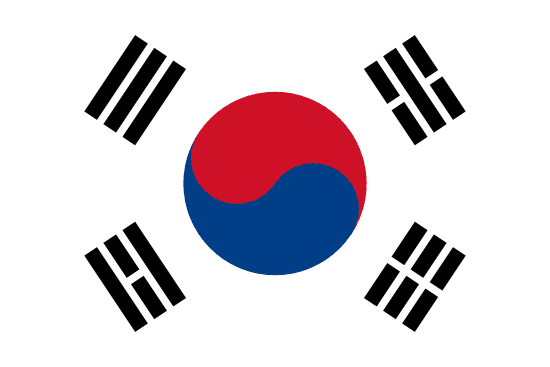"Gongju, Baekje-ui Mokjae | Gongju, The Wooden Fortress of Baekje"
Note: Gongju was the capital of the ancient Korean Kingdom of Baekje, hence the reference to its historical significance.
About:
Gongju, South Korea, was the capital of the ancient kingdom of Baekje from 475-538 AD. Known for its historical significance, Gongju houses the Royal Tombs of King Muryeong and the Gongju National Museum. The city was incorporated into Chungcheongnam-do during the Joseon Dynasty and remained so until 1895. In 2003, it was designated as a "Slow City," promoting a balanced pace of life. Today, Gongju is a popular tourist destination, blending its rich history with modern development.
When to visit:
Gongju is a charming city in South Korea known for its rich historical heritage and picturesque landscapes. For those planning a visit to Gongju on a holiday, the best time of year to experience the city's beauty is during the spring season, particularly in April and May. This period offers pleasant weather with blooming cherry blossoms and lush greenery, creating a stunning backdrop for sightseeing and outdoor activities. Additionally, visiting Gongju during this time allows travelers to witness various cultural festivals and events that showcase the city's vibrant traditions.
When to avoid:
Gongju, a historic city in South Korea, experiences its peak travel season during the summer months of June to August. However, the worst time to travel to Gongju on a holiday would be during the monsoon season, which typically occurs from late July to early August. Heavy rainfall can lead to flooding, transportation disruptions, and outdoor activity cancellations, making it less than ideal for travelers. It is advisable to avoid visiting Gongju during this period to ensure a smoother and more enjoyable travel experience.
Winter (Dec-Feb)
In Gongju, South Korea, the coldest period is from late November to early March with temperatures dropping to -6°C. Snowfall is common, making the landscape picturesque yet chilly. Days are short with around 5-6 hours of sunlight, often obscured by cloud cover. The wettest time is during the monsoon season from late June to late July. Rainfall can reach up to 350mm, often accompanied by thunderstorms. An average day for a visitor during these periods would involve indoor activities or exploring the snow-covered historical sites, dressed in warm, waterproof clothing.
Summer (June-August)
In Gongju, South Korea, the warmest part of the year falls between June and August, which is the summer season. During this time, the average high temperatures hover around 28-30 degrees Celsius (82-86 degrees Fahrenheit), with lows around 20-22 degrees Celsius (68-72 degrees Fahrenheit).
Rainfall is quite high during these months due to the East Asian monsoon season, with July being the wettest month. The region receives an average rainfall of about 200-300mm per month in summer.
Sunlight is relatively abundant, with an average of 5-6 hours of sunshine per day. However, the humidity is also high, usually exceeding 80%, which can make the heat feel more intense.
Cloudiness varies, but generally, the summer months have more cloudy days due to the monsoon influence. However, there are still plenty of clear or partly cloudy days.
For a visitor, a typical day in Gongju during the warmest part of the year would feel hot and humid, especially in the afternoon. Mornings and evenings are more comfortable. The high humidity might make outdoor activities feel more strenuous, but the city's many historical sites and museums offer indoor alternatives. Rain gear is a must, as heavy showers or thunderstorms are common, especially in July.
Language:
In Gongju, South Korea, the most commonly spoken language is Korean. This language, also known as Hangul, is the official and national language of both North and South Korea. English is also taught in schools and is commonly used in business and tourism sectors.




